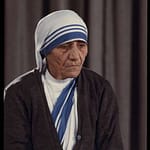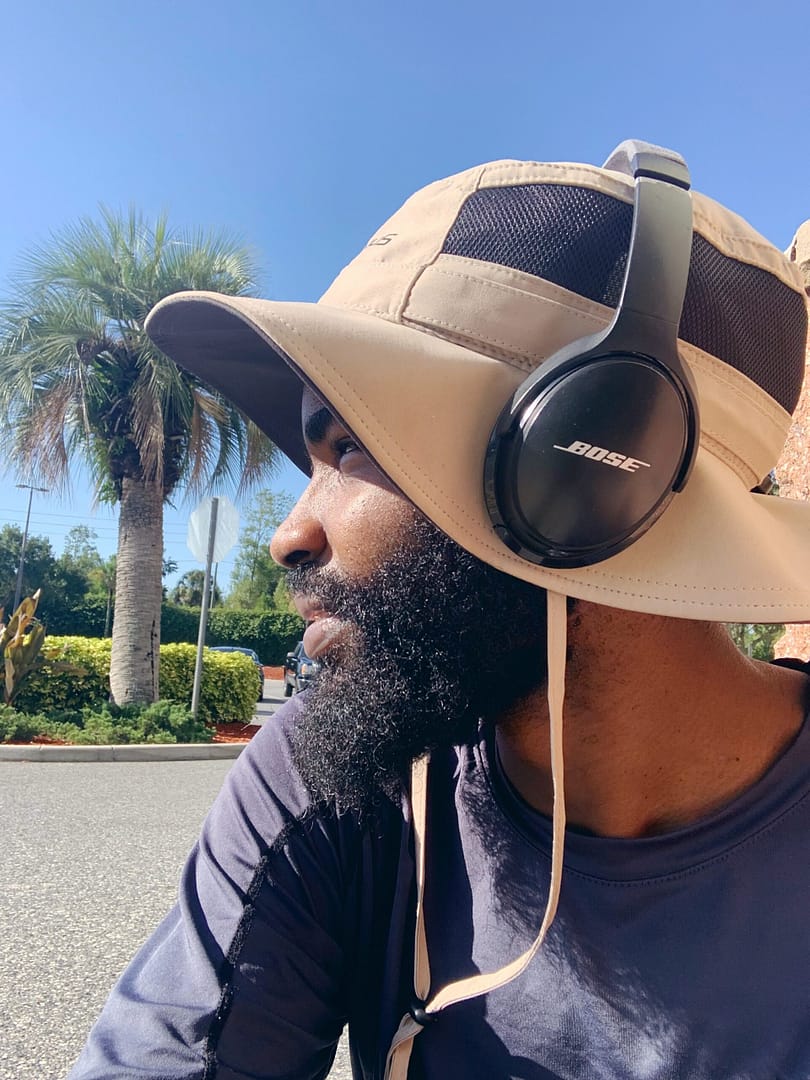Martin Luther King Jr. addresses a crowd from the steps of the Lincoln Memorial where he delivered his famous, “I Have a Dream,” speech during the Aug. 28, 1963, march on Washington, D.C. MARTIN LUTHER KING, JR (1929-1968)
Martin Luther King, Jr, was a Baptist minister and a passionate fighter for civil rights through his nonviolent discipline and philosophy.
His famous “I Have a Dream” speech has inspired millions worldwide and has helped bring forth peace, harmony, and understanding among many.
King was felled by an assassin’s bullet in 1968.
…
“The non-violent approach does not immediately change the oppressor’s heart,” explained King, “It first does something to the hearts and souls of those committed to it— It gives them a new self-respect. It calls up resources of strength and courage,” he added “that they did not know they had.”
Then finally, It reaches the opponent and stirs his conscience so that reconciliation becomes a reality.”
[Reverend Martin Luther King, head-and-shoulders portrait, seated, facing front, hands extended upward, during a press conference] / World Telegram & Sun photo by Dick DeMarsico.
Dr. King was a man who believed in the power of spoken words, and how words can alter a person’s life for the better or worse.
His commitment to nonviolence was an act of love; not of weakness.
As he emphasized in another press conference, in 1963, “Nonviolence is an absolute commitment to the way of love. Love is not emotional bash; it is not empty sentimentalism. It is the active outpouring of one’s whole being into the being of another.”
The 48th anniversary of the groundbreaking March on Washington for Jobs and Freedom was dedicated to the Martin Luther King, Jr. Memorial on August 28, 2011.
One of King’s famous insights reminds us that, Darkness cannot drive out darkness, only light can do that. And Hate cannot drive out hate, but only love can do that.
“Anger” as the author, and modern stoic, Ryan Holiday puts it, “is a destructive fuel.”
Getting angry rarely solves anything.
Usually that anger can make things worse.
And before you know it, a fight breaks out.
Then a couple of days later, we forget what we were mad about.
Dr. King was convinced that even violent temperaments could be channeled through nonviolent discipline.
By that, I assume he meant not to rage in one another, but to act constructively to express your emotions through other effective channels. For instance, you could talk to someone, take a boxing class, going for a long walk, releasing the anger by screaming into a pillow, meditate, create healthy boundaries, seeking a therapist, and so on.
As the Vietnamese Buddhist monk, Thích Nhất Hạnh points out, “Nonviolent action, born of the awareness of suffering and nurtured by love, is the most effective way to confront adversity.”
“The ultimate weakness of violence” says Dr. King, “is that it is a descending spiral; returning violence with violence only multiplies violence, adding deeper darkness to a night already devoid of stars.”
To become a part of this nonviolent movement, try these suggestions:
- Catch yourself before reacting to violence of any kind with more violence. Pledge to be an instrument of peace as all our spiritual teachers have encouraged us to be.
- Work on yourself each day to bring a more peaceful stance into your life. Take time to meditate, practice yoga, read poetry, go for solitary walks, play with children and animals, or do anything that gives you the feeling of loving and being loved.
- Also try to offer them your deepest compassion while maintaining your conviction that social change comes most meaningfully through nonviolent action.
...
And as always, Thank you for reading, and I will see you in the next post.
Take care.
Image 1. Source: Wikimedia Commons. Link: http://commons.wikimedia.org/
Image 2. Source: Library of Congress. Link: http://www.loc.gov/
Image 3. Source: National Parks Gallery. Link: https://npgallery.nps.gov/
Image 4. Source: Library of Congress. Link: http://www.loc.gov/









![A Thought For the Day [Dec 29] A Thought For the Day [Dec 29]](https://mlfwe0uloqyb.i.optimole.com/w:150/h:150/q:mauto/rt:fill/g:ce/ig:avif/https://www.leapessence.com/wp-content/uploads/2024/12/Untitled-design.png)

![The Traveler's Gift by Andy Andrews Book Summary [Notes] The Traveler's Gift by Andy Andrews Book Summary [Notes]](https://cdn-images-1.medium.com/max/800/0*mMFgAvI_noT8RxP1.png)

